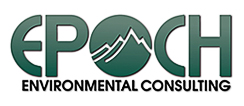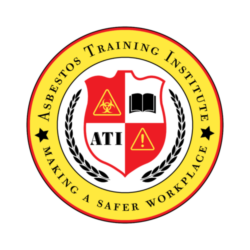Other Hazardous Materials
Other Hazardous Materials
PCB Light Ballast
PCB light ballasts can be hazardous due to the presence of polychlorinated biphenyls (PCBs) in older models.
PCBs are toxic and can pose serious health risks if they are released into the environment or come into contact with humans. They are classified as probable human carcinogens and can cause various health issues, including immune system suppression, reproductive harm, and developmental problems. Improper disposal of PCB-containing ballasts can lead to soil and water contamination, impacting ecosystems and potentially entering the food chain.
Crystalline Silicates
Crystalline silicates can be hazardous, particularly in occupational settings where they are inhaled as dust. Inhalation of crystalline silica dust can lead to serious health conditions, including:
Silicosis, Chronic Obstructive Pulmonary Disease (COPD) and Lung Cancer. Workers in industries such as construction, mining, and manufacturing are at higher risk of exposure to crystalline silicates. Dust control measures, proper ventilation, and personal protective equipment (PPE) are essential to minimize exposure.
ChloroFluoroCarbons (CFCs)
Chlorofluorocarbons (CFCs) were commonly used in various applications before their phase-out in 1987 however can still be found in older household products such as Refrigerators and Freezers, Aerosol Products, Insulating Foam, Solvents. CFCs can be harmful if inhaled in large quantities. Exposure to high levels may cause dizziness, headaches, and respiratory issues. They can also cause organ damage and affect the central nervous system.
Rodent Dropping & Pigeon Guano
Rodent droppings can carry pathogens that may lead to various diseases, such as Hantavirus: causing serious respiratory issues, Leptospirosis: caused by a bacteria that can be found in rodent urine, Salmonella, and other respiratory issues and allergic reactions. Pigeon Guano similarly harbour various pathogens that may lead to health issues including: Histoplasmosis, Cryptococcosis, Salmonella and other allergic reactions.
Volatile Organic Compounds (VOC)
Hazardous substances within debris resulting from fire damage may comprise various components, including: Polycyclic Aromatic Hydrocarbons (PAHs, Polychlorinated Dibenzodioxin (PCDD) and Dioxins/Furans,Carbon Black Soot and Ash Fire debris. These residues may contain particulate matter and other substances that can cause serious short term and long term health effects.



